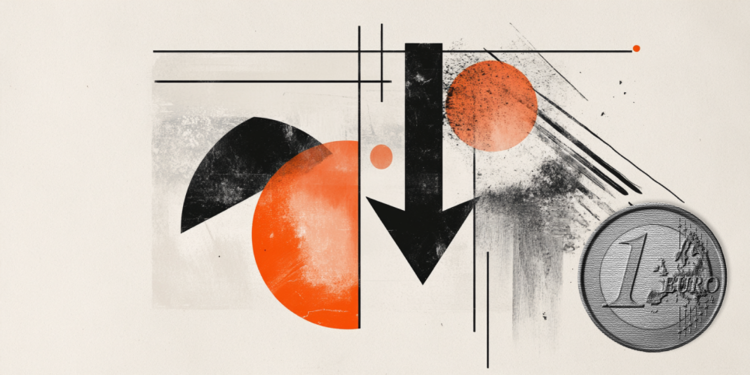- EUR/CHF attracts sellers on Monday with the cross trading near 0.9430, down around 0.10%.
- Safe-haven demand boosts the Swiss Franc ahead of the Trump–Zelenskyy meeting at the White House later on Monday.
- Top European leaders, including Macron, Merz, and Von der Leyen, will attend the summit focused on Ukraine security guarantees.
The Euro (EUR) struggles to gain traction against the Swiss Franc (CHF) at the start of the week, with EUR/CHF retreating modestly from last week’s high of 0.9446, its strongest level since April 25. The pullback comes as the Euro softens against major peers, while the Swiss Franc benefits from renewed safe-haven demand ahead of a high-stakes meeting between US President Donald Trump and Ukrainian President Volodymyr Zelenskyy later on Monday.
At the time of writing, the EUR/CHF cross is trading near 0.9430 during the American session, down around 0.10% on the day. Despite the modest decline, the pair remains within a familiar range, with traders refraining from aggressive positioning ahead of fresh geopolitical cues.
The Trump-Zelenskyy summit, scheduled to take place at the White House at 17:15 GMT, will also be attended by key European leaders, including French President Emmanuel Macron, German Chancellor Friedrich Merz, European Commission President Ursula von der Leyen, and UK Prime Minister Keir Starmer. The multilateral meeting is expected to begin at 19:00 GMT, with discussions focused on security guarantees for Ukraine following last week’s inconclusive Trump-Putin talks in Alaska. Markets remain wary of potential escalation if the talks fail to deliver a diplomatic breakthrough.
Earlier on Monday, Switzerland’s Q2 Industrial Production figures surprised to the downside, showing a year-over-year contraction of 0.1%, sharply lower than the revised 8.9% growth recorded in Q1. The decline was driven by notable drops in energy supply and construction, while manufacturing output moderated significantly. Despite the weak print, the Franc remains underpinned by geopolitical risk appetite rather than domestic fundamentals.
Adding to the Euro’s subdued tone, last week’s Eurozone Industrial Production data signaled renewed weakness in the region’s manufacturing sector. Monthly output dropped 1.3% in June, steeper than the expected 1.0% decline and reversing a 1.1% gain in May. On a yearly basis, production slowed sharply to 0.2%, well below the 1.7% consensus and down from 3.1% previously.
Read the full article here


